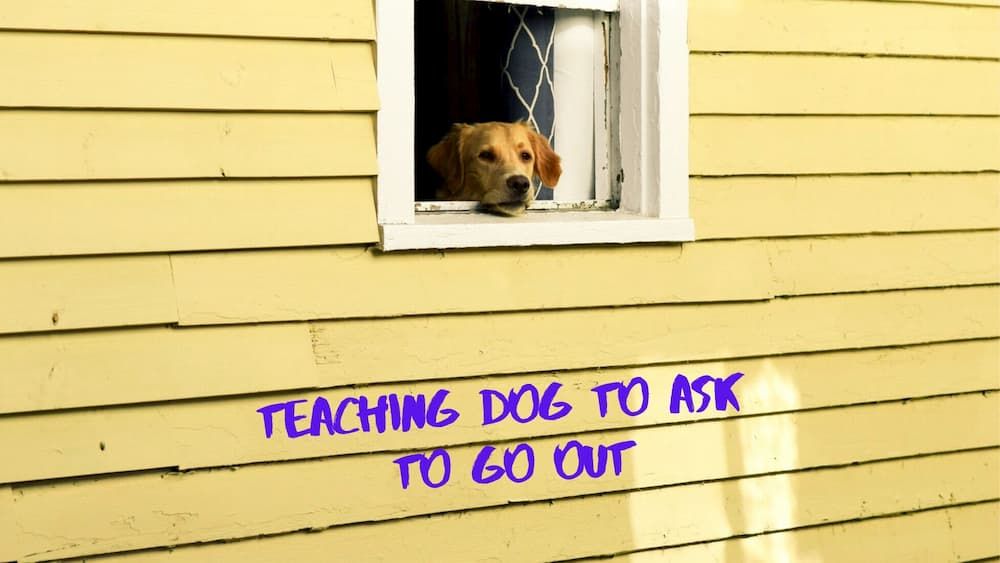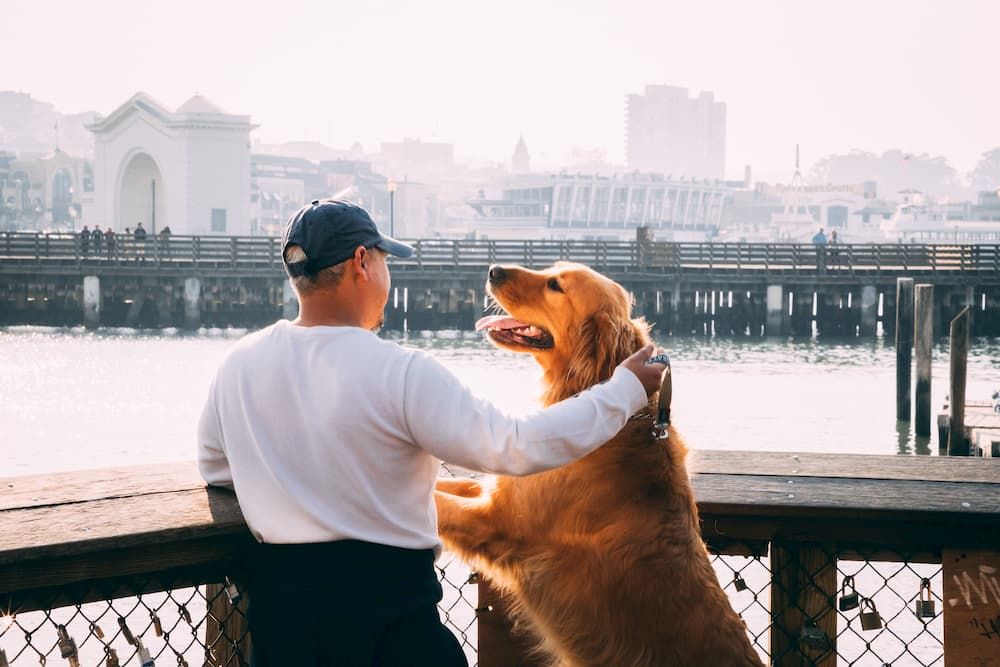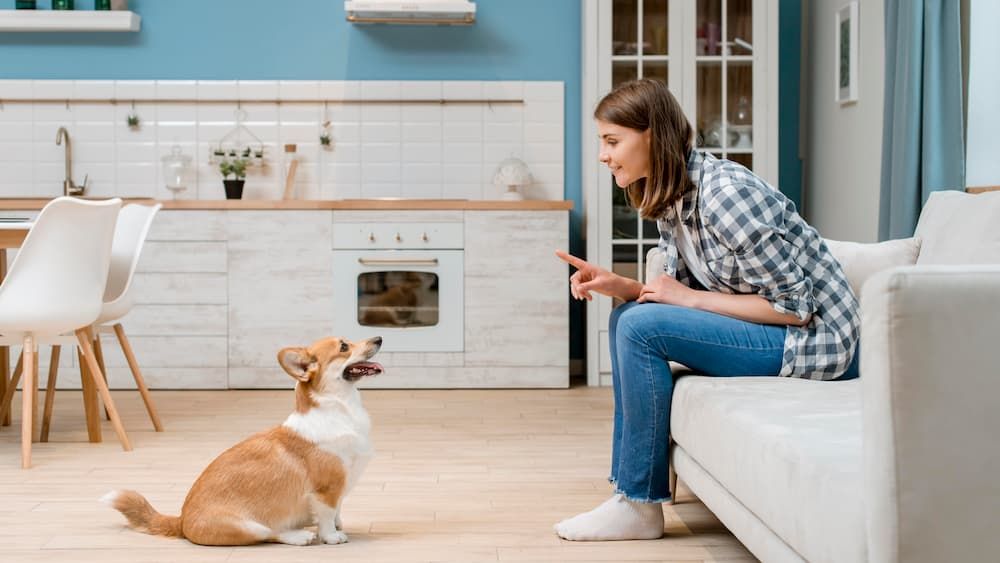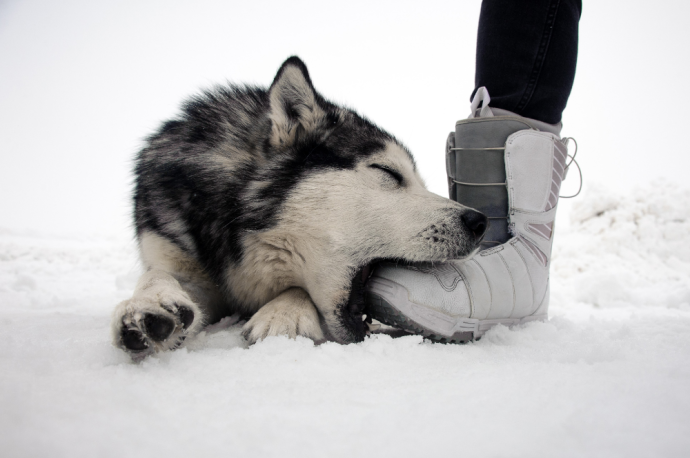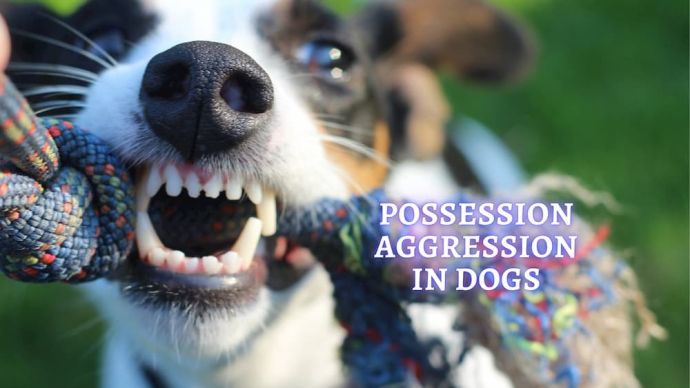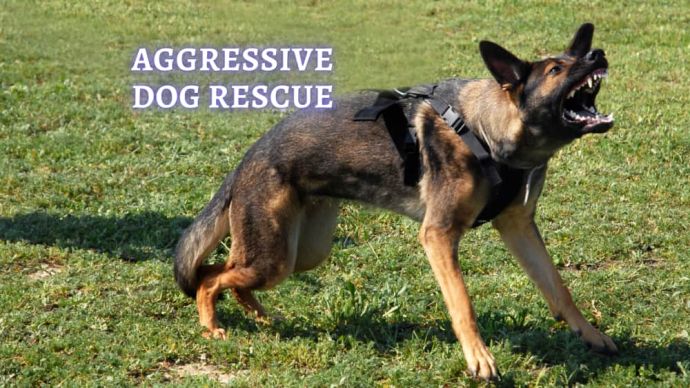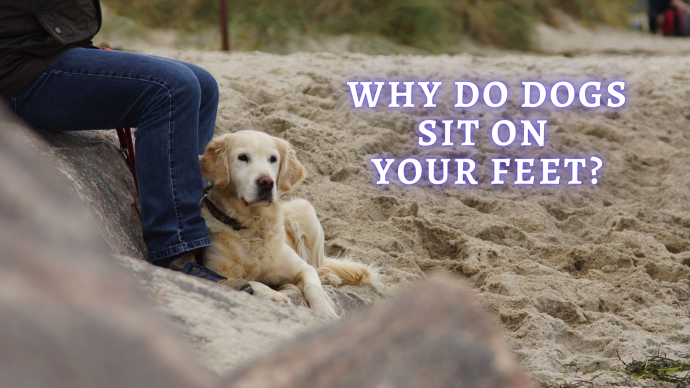Teaching your Dog to Ask to Go Out
Written by:
Author: Alina Andreeva
Alina A. is a professional writer, editor, and pet-lover. She has published over 50 articles on how to care for pets properly. Alina has been writing articles for 3 years, so she has considerable experience in this niche. Her natural curiosity helps her to expand her knowledge and learn new pet care life hacks, which will make your life much easier.
View all 79 articlesLearn about our editorial process and veterinary review board.
Viewed: 608
Updated on: 01/29/2021
Often, one of the most frustrating aspects of owning a dog or puppy is teaching the rules of going to the bathroom outside. During the initial stages of the potty training process, most likely, there will be a few accidents, but potty training issues can be resolved with consistency and a few simple steps.
How to Teach Dog to Ask to Go Out?
The following are suggestions for setting your dog up for success in avoiding accidents in the house and learning to ask to go outside to potty.
1. Limit House Access
Until your puppy or dog has learned that using the bathroom outside is the only acceptable solution, it’s a good idea to limit their space. This is accomplished by creating a barrier with a baby gate, a smaller room, or crating him when you’re preoccupied or away at work. When limiting space, it’s best to choose a room with floors that are non-porous and can be easily cleaned. Otherwise, smells can linger and cause your pet to relieve himself in the same area.
RELATED: How to Raise a Puppy
2. Put Your Dog on a Schedule
Dogs are creatures of habit, so the first step towards successful potty training is to put your dog on a schedule. This includes feeding, walking, and going to the bathroom at the same time every day. Sticking to a schedule will help lay a good foundation for training your pet to let you know when he needs to avoid accidents.
3. Reward Good Behavior
Always take your dog outside on a leash during potty time. Also, be sure you have plenty of yummy treats readily available. When your pet uses the bathroom, shower him with happy praises and a tasty morsel of food. Positive reinforcement is always best because it strengthens the bond between you and your dog.
During the potty training process, it’s quite likely your pet is already communicating with you in some way that he needs to go outside. However, to ensure both of you understand, it’s best to choose a specific sound that will cue you, he needs to go out.
4. Pick a Mode of Alert
You need to decide how you want your dog to alert you he needs to go potty. Choose something that is distinguishable, such as:
- Teach pet to go to the door and bark.
- Teach to ring a bell at the door.
- Teach to find you and bark.
Put some thought into the cue you’ll use and stick with it. Trying to change it later on, will likely cause confusion for the pet. If your dog tends to bark a lot, that may not be the best cue for you. Not only does it set the stage to increase his barking, but trying to determine if he is barking to notify you or barking for the satisfaction of it can lead to confusion for both of you.
We recommend using a bell. It is audible to you wherever you are in the house, and unlike barking is specific to the task of going outside. After all, not too many people care for barking.
RELATED: Teach Your Dog to Come
Training to Use the Cue
Before training begins, you’ll need a set of bells and a way to attach them to the door so your pet can easily reach them. If you prefer something more stylish, there are dog training bells available in various styles, sizes, and colors. There are also electronic doggie doorbells that can be mounted beside the door.
#1 Shape the Behavior
The first step is teaching your dog to touch and eventually ring the bell. You may need to hold it in the air initially, and say ‘touch.’ As soon as your dog acknowledges the bell in any way, reward with a treat and say ‘yes.’
Initially, you may find it easier to place a small amount of spreadable treat (cheese or peanut butter) on the bell, to encourage your pet to touch it. Getting him acclimated to the bell may take a dozen or so repetitions, just stay consistent and be patient.
Once he is comfortable with touching the bell, attach it to the door and encourage him to ring the bell. The ringing of the bell may take more time, depending on the dog. When he touches (or rings) the bell, say ‘yes,’ reward with a treat, open the door and lead him outside. Remain outside a few minutes, allowing him to sniff. Then go back inside and repeat the process. Typically, dogs learn within a week how to touch (and ring) the bell.
Also, if your dog seems more inclined to ring the bell with his paw instead of his nose, go with it. It will speed up the training process.
#2 Reinforce the Behavior
To reinforce the behavior, lead your dog to the door, treat it in hand, and hold the bell near your dog. Say ‘touch,’ and as soon as he responds, say ‘yes’ and reward with a treat. This too will need to be practiced several times. As soon as your pet touches the bell immediately after you command ‘touch,’ the two of you have mastered this step.
#3 Training Your Dog When to Ring the Bell
Once your dog understands how to ring the bell and knows that it reaps a reward and a trip outside, you may find yourself quite busy at first. Think of this as another aspect of reinforcing the desired behavior. Reward him and take him out. If he goes potty while outside, reward again and delight in praises galore.
On the other hand, if he rings the bell and does not go to potty once outside, quietly lead him inside again, say nothing, and do not reward. This will train your pet that ringing the bell leads to going outside, and eliminating it in the right place earns a treat.
Having your pet on a strict potty schedule makes this stage of training much easier.
Dogs vs Puppies
Dogs of all ages can be trained, but there are a few differences to be aware of.
- Potty Training: First of all, a puppy will need to use the bathroom more frequently than an older dog. In general, a healthy puppy is capable of holding his bladder equal to one hour for every month old they are. So, for instance, a three-month-old puppy should be capable of holding his bladder for three hours. An adult pet should be able to control his bladder between four and ten hours. However, anything more than eight hours can lead to health issues. If your dog’s elimination habits don’t fall within these time frames, have your vet confirm there are no underlying issues. Also, as dogs get older, they may become unable to control their bladder.
- Attention Spans: Whether you’re teaching your pet obedience training or a new trick, it’s important to consider their attention span. Most dogs learn better when training sessions are kept short and repeated several times throughout the day. A young puppy has a very short attention span that lasts a few short minutes at best. Puppies are full of energy, so if you notice his attention diminishing, give him a break. However, dogs have an average attention span of 10-15 minutes, so 3-4 sessions within a day should suffice.
- Consider Energy Level and Breed: Puppies and dogs alike will have varying energy levels. Sometimes this is due to the breed and at other times, it is merely a personality trait. High energy dogs naturally need more exercise and mental stimulation is important too. While a hyperactive dog may prove to be a bit more challenging, they are just as trainable as any other pet. The ideal time to train is during a calm state, after exercise or following a meal. Conversely, high-energy dogs also need to be socialized and trained in obedience. This will keep him and those around him happy and safe.
READ MORE: Dog Outdoor Activities
Summary
Finally, when training your dog in any way, maintain a positive attitude. It’s also important to have different cues for each action you want from your pet. Whether you choose voice or hand commands, rest assured, he will be watching, listening, and waiting.
Additionally, to avoid confusion, keep outdoor play trips separate from potty breaks. Even dogs need to learn to separate business from pleasure. Having a fetch game after a bathroom trip outside will likely have you repeating steps 2 and 3. Keep in mind, praising good behavior will encourage your dog and helps him connect the dots, so to speak, especially during the training process.
At the end of the day, training is an ongoing process throughout your fur baby’s life. Your dog is completely reliant on you. Whether you have a puppy or an adult dog, canines need structure and love in their lives to feel safe, secure, and happy.
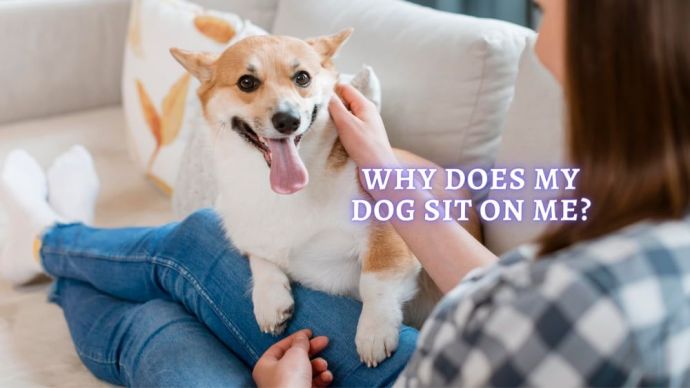 Dog Training Why Does My Dog Sit on Me: Reasons Why Dog is Sitting on You (Explained by Dog Trainer)
Dog Training Why Does My Dog Sit on Me: Reasons Why Dog is Sitting on You (Explained by Dog Trainer) - 262
- 0
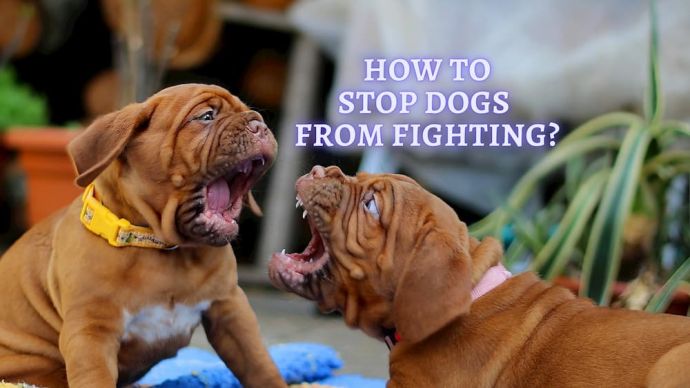 Dog Training How to Stop Dogs from Fighting with Each Other? (Dog Trainer Advice)
Dog Training How to Stop Dogs from Fighting with Each Other? (Dog Trainer Advice) - 234
- 0
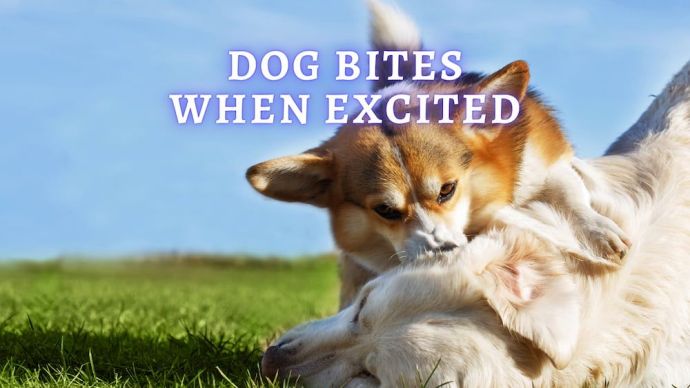 Dog Training How To Stop My Dog From Biting When Excited? Why Dogs Nipping When Excited?
Dog Training How To Stop My Dog From Biting When Excited? Why Dogs Nipping When Excited? - 121
- 0
 Dog Veterinary Tips Why is my Dog throwing up: Causes and Preventing (Veterinary Advice)
Dog Veterinary Tips Why is my Dog throwing up: Causes and Preventing (Veterinary Advice) - 23424
- 5
 Dog Care Why Is My Dog Bleeding From Its Butt? Causes and treatment of rectal bleeding in the dog
Dog Care Why Is My Dog Bleeding From Its Butt? Causes and treatment of rectal bleeding in the dog - 22076
- 0
 Dog Care My Dog Keeps Scratching His Mouth: Reasons Why Your Dog Scratching Face
Dog Care My Dog Keeps Scratching His Mouth: Reasons Why Your Dog Scratching Face - 17561
- 1









